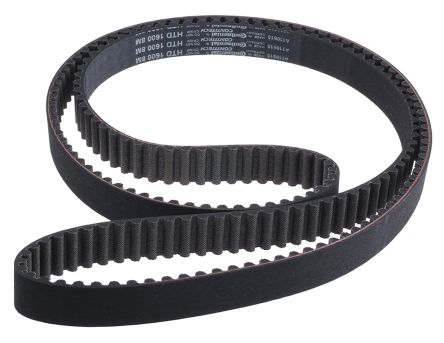You will see that cars nowadays consist of 4-stroke gas motors. This is on account of the combustion procedure that has an admission stroke, compression stroke, power stroke, & exhaust stroke. All through the 4-stroke cycle, you will see that the camshaft turns once & the crankshaft pivots twice. The connection between the turn of the camshaft & crankshaft is what’s known as “mechanical timing.”

Timing Belts
The timing belt is basic to the task of your car’s motor. There are 2 primary “shafts” in your motor: Crankshaft and camshaft. The timing belt associates these 2 shafts and influences them to turn at the right “time” together. This ensures the various other parts of the engine are working appropriately at simply the right “time”.
Use of Timing Belts
Until the time that you have equipment that directly drives your vehicle’s camshaft, as a feature of an internal combustion motor you will either have a timing chain/timing belt that will carry out the task. The timing belt/chain synchronizes the crankshaft’s pivot with the motor valves, enabling them to open and close at the right time amid the air intake and exhaust stroke.
Appropriate Maintenance
The timing belt is made of rubber, in the long run, it spoils, and breaks. At the point when the timing belt breaks, your car stops. You will have to tow your vehicle as it would just not start unless the motor is “re-timed”, and the timing belt is supplanted.
Maintenance is indispensable. In the event that your car manufacturer suggests supplanting the belt or chain at normal intervals, do it. Neglecting it is extremely dangerous, and relying upon the age of your vehicle could bring about repairs that will cost way beyond the car’s actual value. On the off chance that you’ve purchased a used vehicle and you don’t know whether your timing components have ever been checked, have a mechanic examine the vehicle.
Get in touch with us on the off chance that you are looking for Contitech Timing Belts, we are here to help you with all that you need.
